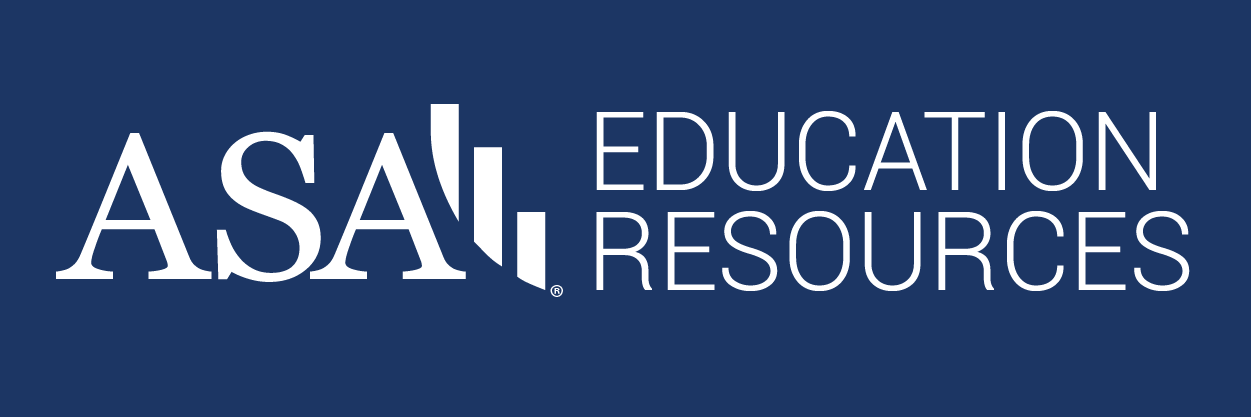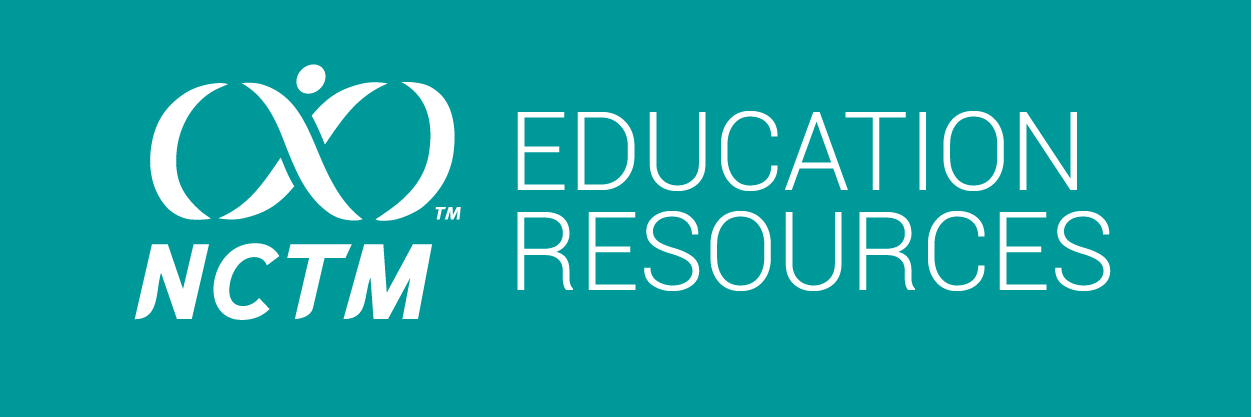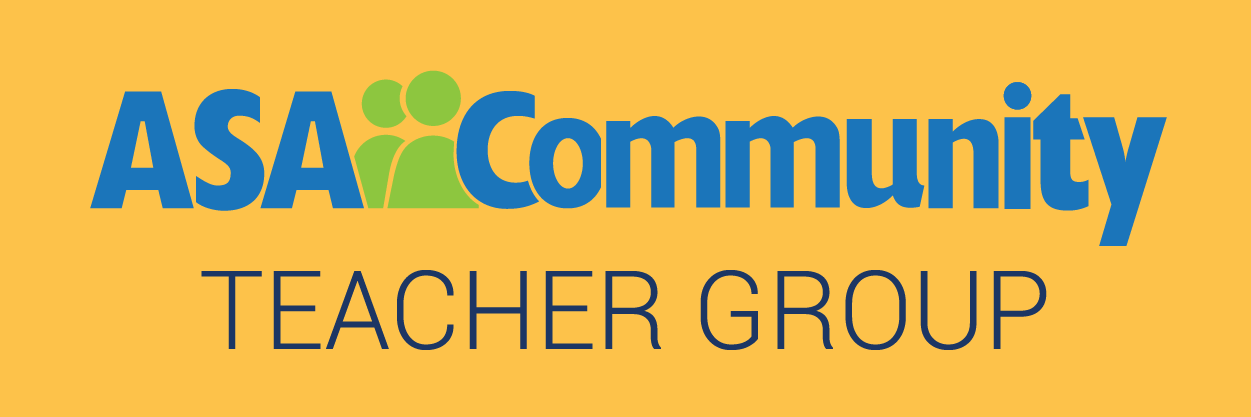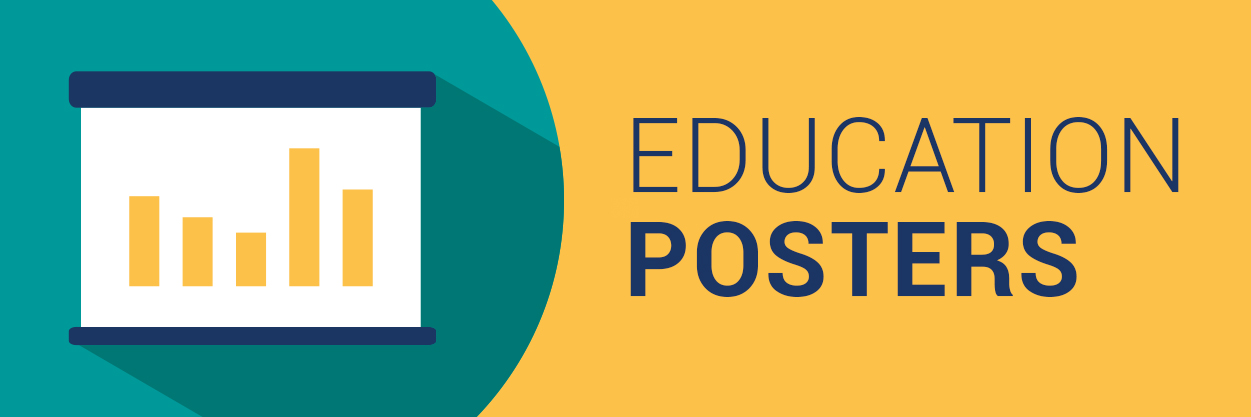Do Rewards Boost Creativity?
This lesson allows students to explore whether intrinsic (self-motivation) or extrinsic (physical) rewards are a better motivator for best results on a creativity assessment. Student-generated data will be created through different classes completing a task of trying to write the most English words they can out of the phrase “Statistics is fun.”












